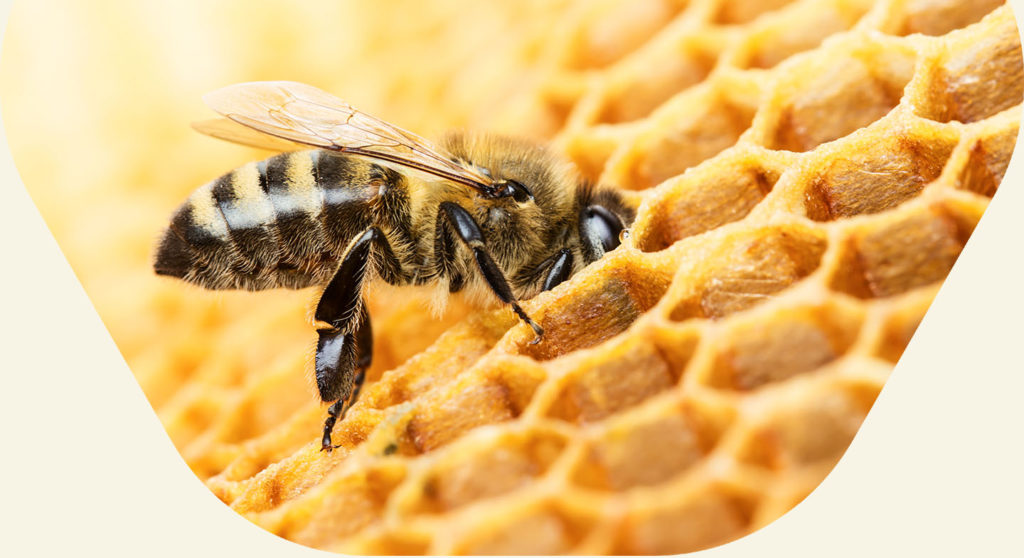API of the Month
Mathieu Domecq
Editor-in-chief of the API blog of the month
This month in your API blog of the month the focus is on hive insulation. When the temperature drops considerably and the rain sets in in our areas, we need to prepare our bees for winter.
Choosing a feeder is not always easy. We’ll take a look at the different models on the beekeeping market. Did you know a hive needs 12 to 15 kg of food (honey or supplement) to get through the winter?
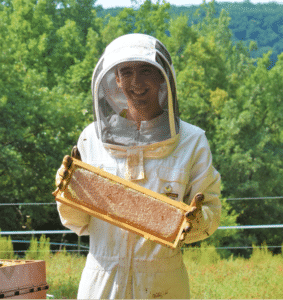
Have you thought about insulating your hive?
A colony doesn’t really mind the cold, but it doesn’t like draughts or moisture. And insulating your hive will give the colony extra comfort. There are many benefits to placing insulation under your beehive roof:
– it provides thermal insulation, to help the colony maintain a constant brood heat of 35°C
– it is sound-absorbent, rainproof and cushions impacts such as a branch falling on the hive
– it stabilises the roof against wind vibrations
– the foam is thick and does not fly away during inspections
– it is resistant to ants that may want to eat it
This product is Apifoam. It can be found in all beekeeping shops, and in dimensions to suit each hive: Dadant 10c, Dadant 6c, Warré…
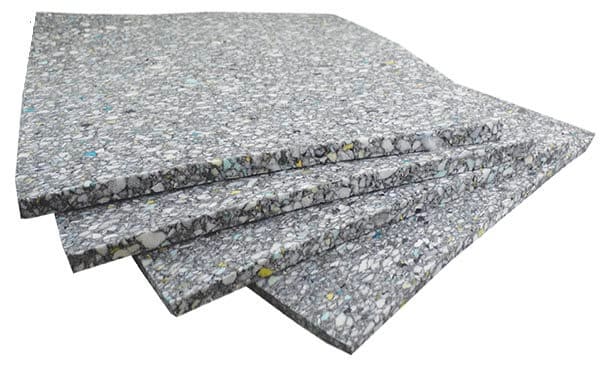
There are also other insulation materials available such as bubble insulation, made of aluminium. This is much thinner and I would recommend placing it directly on the frames during spring. It has the same effect as an insulating partition, but from above – it allows colonies to grow very quickly!
Choosing your feeder
A feeder becomes essential during this season. It is used to feed bees with syrup and candy when food resources are at their lowest. There are several types of feeder. Of course, there’s no one perfect feeder – each beekeeper will have a preference according to their needs. There is therefore a trade-off to be had between the pros and cons of each one.
The entrance feeder
This is the cheapest! Entrance feeders are made up of two parts: a feed tray that is inserted into the entrance of the hive and a container that holds syrup, inverse to the tray and outside the hive. It’s easy to fill and the bees are not disturbed. The syrup level in the feeder can also be easily checked visually from the outside.
However, this model has a limited capacity (1 l of syrup at most) and so requires frequent filling. It doesn’t work well in cold weather. The liquid can freeze and even ferment when it is hot. Beekeepers who use it also find that it is susceptible to being looted. Its position at the entrance makes it difficult for the hive to defend its access.
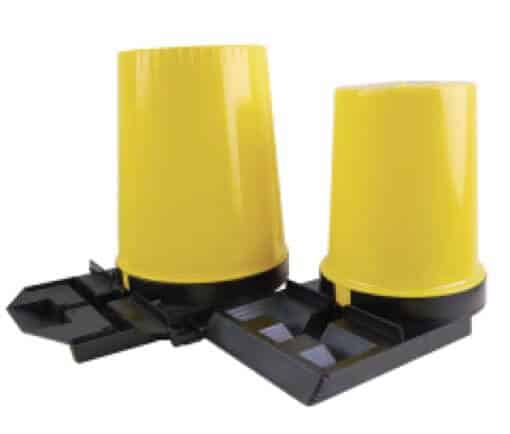
The frame feeder
This feeder is placed inside the hive, in place of a frame, as its name suggests. There are frame feeders in body and super sizes. Secured in the hive, it is less likely to be looted. It’s easy to fill up the syrup and it can store more food – 2 to 3 l of syrup.
But it has the disadvantage of the bees being at greater risk of drowning. Once it’s empty, or if you use a model for a super in the body, the bees can build honeycomb underneath (or inside) during honey production. It will cause the loss of a place in the body if you plan to enlarge the colony.
However, it’s still a very popular model for beekeepers and is inexpensive. It’s available in wood and plastic.
On our farm, it is the feeder that I use on all the breeding hives to create my swarms in spring. It requires you to open the beehive for feeding, but in April, that’s what all beekeepers are doing anyway.
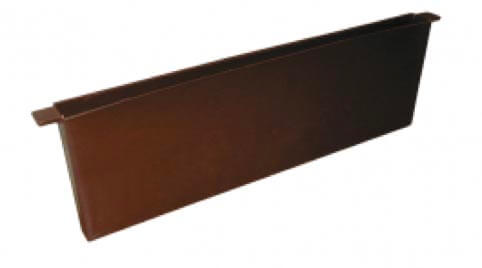
The frame cover feeder
This is still the feeder most frequently used by beekeepers. It sits above the body of the hive, just under the roof, making it invisible from the outside. This allows it to replace the frame cover. Depending on the model, it can hold candy or syrup, or even both. It’s also very easy to fill and the food is at the temperature of the hive thanks to the heat produced by the brood just below it.
There are wooden or plastic models. The latter prevents potential paraffin leakage. You don’t need to disturb the colony to feed the bees, even in the middle of winter. The tray has a very large filling capacity, often around 7 l of syrup.
With the NICOT plastic model, the double tray allows you to put in both syrup and candy.
The feeder can be accessed in different ways by our bees:
– With a central chimney in the middle of the tray, allowing a large number of bees to feed at the same time.
– With a side chimney like a large gallery, located in the centre or on one side. The bees use the entire length to come and feed.
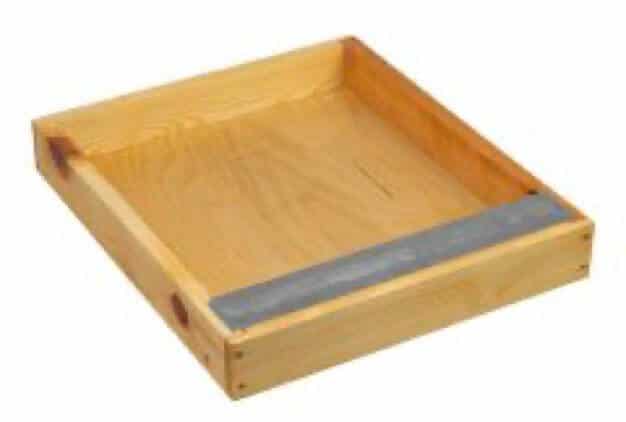
There are also round or rectangular plastic feeders available. They have a smaller syrup capacity and are placed under the hole in the frame cover. You must therefore keep the wooden frame cover and place an empty super or a wooden frame there so that the roof can be refitted.
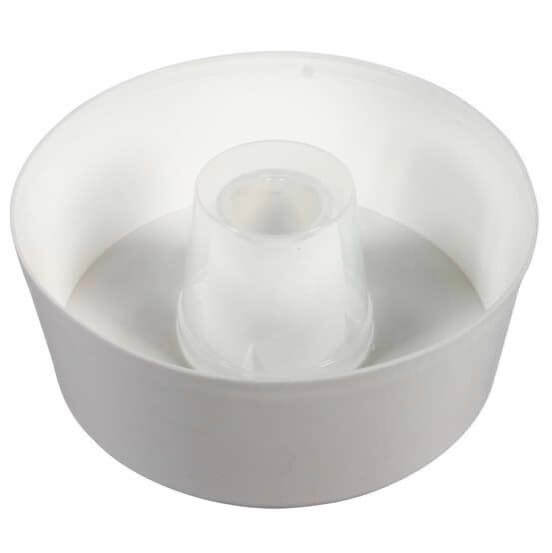
It’s up to you to find the feeder that suits you best! It’s an essential investment of between €5 and €30, in wood or plastic, and with a small or large capacity.
If you’re still not sure, we recommend using the NICOT plastic frame cover model with its double tray.
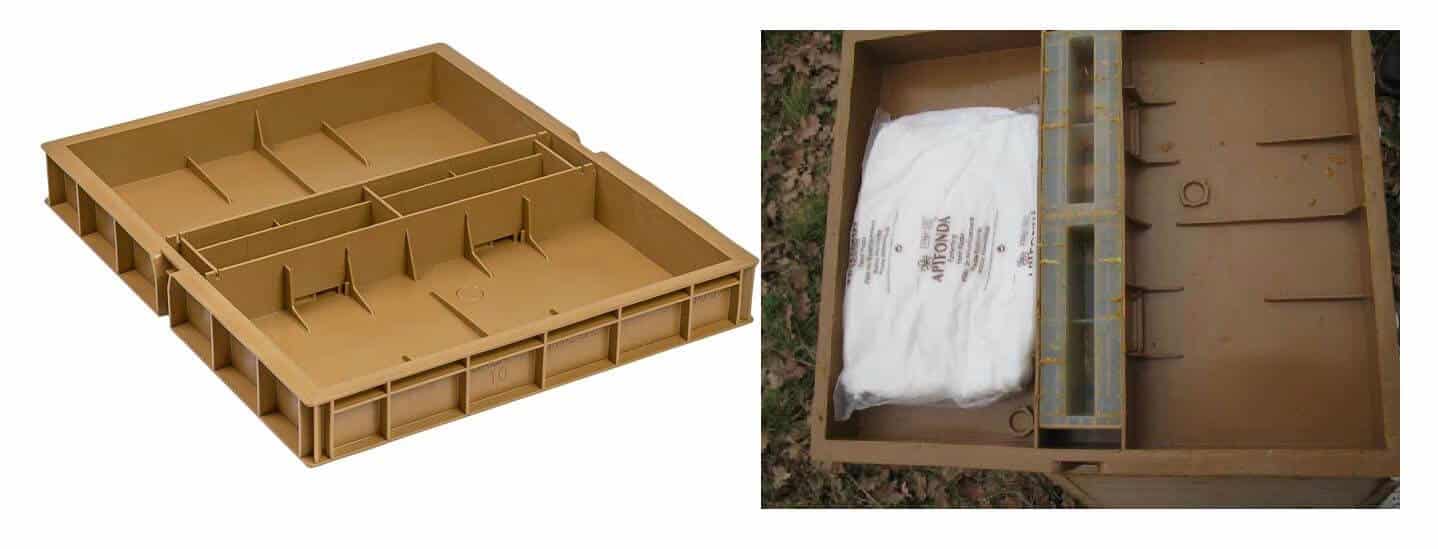
As usual, share your photos with us. They will be posted on our website from social media using the hashtag: #apifonda #apiinvert!
We’ll be back next month on your API blog with your faithful partner, Les Ruchers De Mathieu!

LES RUCHERS DE MATHIEU
Honey & Beekeeping Shop
Photos ©lesruchersdemathieu
